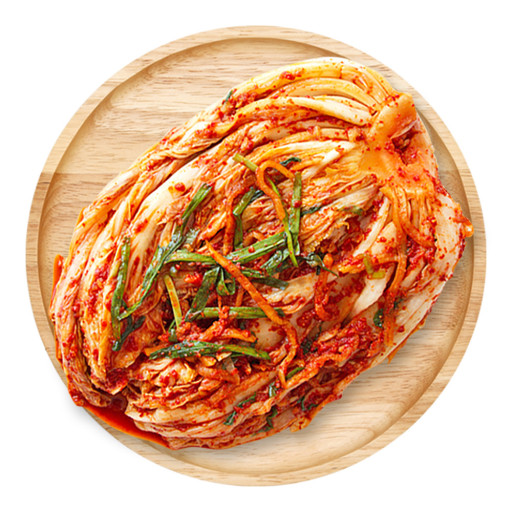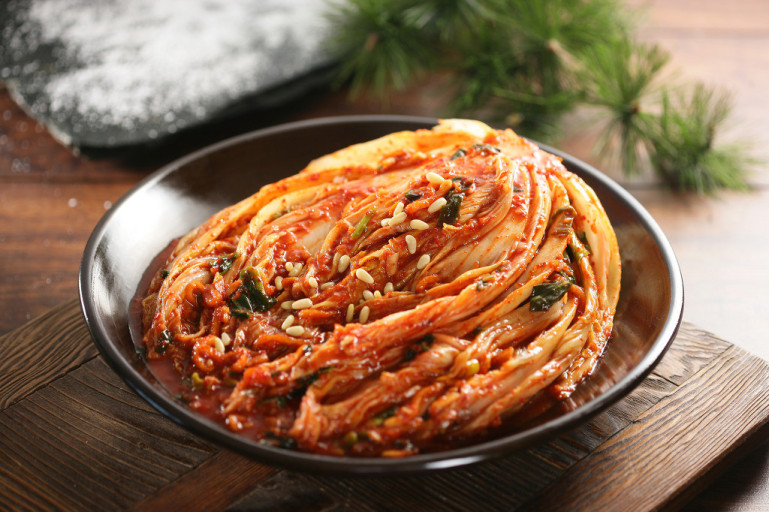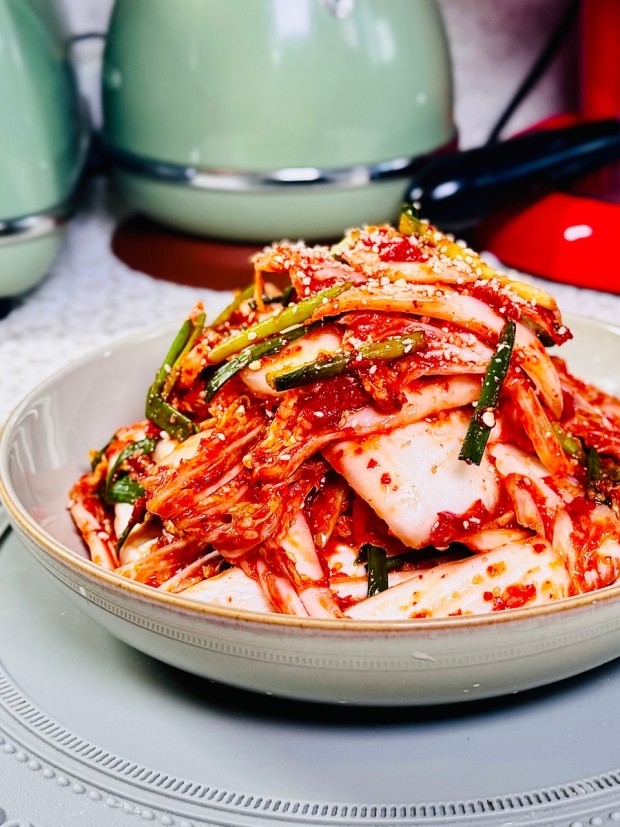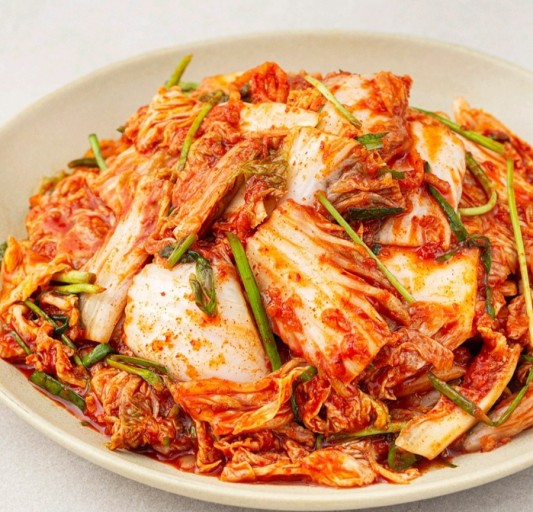
Kimchi, a staple in Korean cuisine, is much more than just a side dish. It’s an integral part of Korean culture, cherished for its deep flavors, health benefits, and tradition. Made through a fermentation process, kimchi has a unique taste that combines spiciness, tanginess, and umami. It’s eaten at almost every meal in Korea, embodying the spirit of Korean food culture.
What is Kimchi?
Kimchi is a traditional fermented vegetable dish, typically made with napa cabbage and radishes, seasoned with a mix of chili pepper, garlic, ginger, and other ingredients. Its fermentation process not only preserves it for extended periods but also enhances its flavor and nutritional value.

Why is Kimchi Essential?
For Koreans, kimchi isn’t just food—it’s a lifestyle. It represents family, community, and tradition, as families often gather together for the annual “kimjang” (kimchi-making) season. Its importance goes beyond meals, symbolizing resilience and health in Korean culture.
Characteristics of Kimchi Description
Main Ingredients Napa cabbage, radish, chili pepper, garlic, ginger
Flavor Profile Spicy, sour, tangy, umami
Health Benefits High in probiotics, vitamins, and antioxidants
Cultural Importance Symbolizes family, health, and resilience
Consumption Eaten at almost every Korean meal

Types of Kimchi
Did you know there are over 200 types of kimchi? Each region and family has its own recipes, making every variety unique. Here’s a glimpse at some of the most popular types.
Type of Kimchi Description Key Ingredients
Baechu Kimchi The classic, made with napa cabbage and seasoned with chili pepper, garlic, and ginger. Napa cabbage, red chili, garlic
Kkakdugi Cube-cut radish kimchi, crunchy and slightly sweeter, often paired with soups and stews. Korean radish, red chili, garlic
Chonggak Kimchi Young radish kimchi, named after the shape resembling a boy’s hairstyle; has a crisp texture. Young radish, chili paste
Oi Sobagi Cucumber kimchi, refreshing and spicy, popular in the warmer months. Cucumber, garlic, chili
Nabak Kimchi Watery, mild kimchi made with cabbage and radish, perfect for drinking as a soup. Cabbage, radish, garlic
Yeolmu Kimchi Young summer radish kimchi, less spicy, with a lighter flavor; great in soups. Young radish, chili powder
Pa Kimchi Green onion kimchi, known for its unique spiciness and strong aroma. Green onions, chili, garlic
Dongchimi Winter kimchi made without chili powder, mild and watery, great with noodles. Korean radish, pear, water
Bossam Kimchi Wrapped kimchi with various fillings inside napa cabbage leaves, a rich and complex dish. Napa cabbage, pear, jujube, pine nuts
Baek Kimchi “White kimchi,” mild and not spicy, suitable for those who can’t handle spicy foods. Cabbage, radish, garlic, no chili
Health Benefits of Kimchi
Kimchi is packed with nutrients and beneficial probiotics, contributing to various health benefits. Here’s a quick look at what kimchi offers to health-conscious food lovers:

Health Benefit How Kimchi Helps
Gut Health Contains probiotics, promoting healthy digestion and gut flora.
Immune Boost Rich in antioxidants and vitamin C, supporting immune function.
Weight Control Low in calories and high in fiber, helping with weight management.
Heart Health Contains compounds that may help lower cholesterol levels.
Skin Health Fermented foods like kimchi are believed to benefit skin, due to antioxidants and probiotic properties.
Final Thoughts
Kimchi isn’t just a side dish in Korea; it’s an experience and a tradition passed down through generations. Whether you’re trying it for the first time or experimenting with different types, there’s a kimchi for every palate. Don’t miss the chance to taste Korea’s iconic flavors on your next visit!
Whether you’re looking to try the classic Baechu Kimchi or explore something milder like Baek Kimchi, there’s a unique type of kimchi for everyone.
Leave a Reply